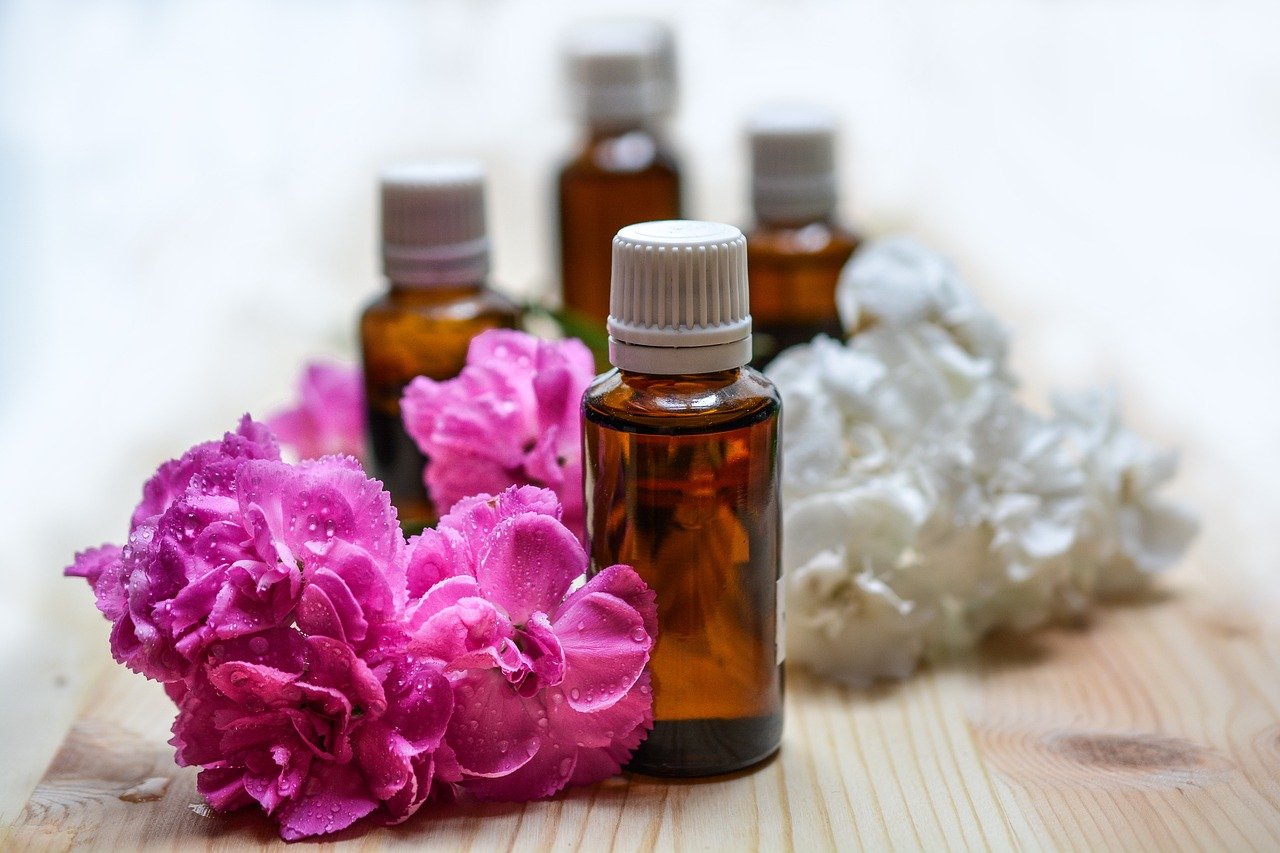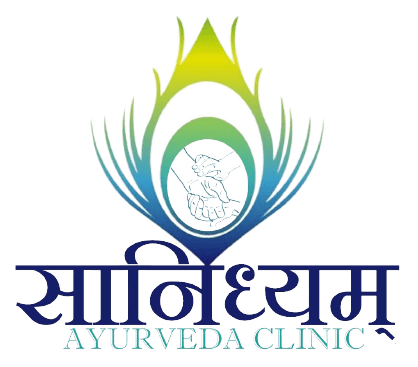
Introduction
Aromatherapy, a holistic healing treatment, harnesses the therapeutic properties of essential oils to promote physical, emotional, and psychological well-being. Rooted in ancient traditions, this practice has gained widespread popularity for its natural approach to health and wellness.
Benefits of Aromatherapy
- Stress Relief: Certain essential oils like lavender, chamomile, and rose can induce relaxation, alleviate stress, and promote better sleep.
- Mood Enhancement: Citrus oils such as lemon and orange uplift mood, increase alertness, and combat feelings of anxiety and depression.
- Pain Management: Essential oils like peppermint and eucalyptus possess analgesic properties, offering relief from headaches, muscle aches, and joint pain.
- Immune Support: Antimicrobial oils like tea tree and oregano boost the immune system, helping to ward off infections and illnesses.
- Improved Cognitive Function: Certain aromas like rosemary and peppermint stimulate cognitive function, memory retention, and mental clarity.
Popular Aromatherapy Techniques
- Diffusion: Utilizing a diffuser, essential oils are dispersed into the air, allowing inhalation for therapeutic benefits. This method is effective for creating a calming atmosphere or promoting alertness.
- Topical Application: Diluted essential oils can be applied to the skin through massage, baths, or compresses. This allows for absorption into the bloodstream, offering localized or systemic relief.
- Inhalation: Direct inhalation of essential oils from a bottle or by adding a few drops to a bowl of hot water can provide quick relief from congestion, headaches, or stress.
- Aromatic Baths: Adding a few drops of essential oils to bathwater creates a relaxing and rejuvenating experience, promoting both physical and emotional well-being.
Tips for Safe Aromatherapy Practices
- Dilution: Essential oils are potent and should always be diluted with a carrier oil before applying to the skin to prevent irritation or adverse reactions.
- Patch Test: Prior to widespread use, perform a patch test by applying a small amount of diluted oil to a small area of skin to check for sensitivity.
- Quality Matters: Ensure you’re using high-quality, pure essential oils sourced from reputable suppliers to maximize therapeutic benefits.
- Consultation: If you have any underlying health conditions or concerns, consult with a qualified aromatherapist or healthcare professional before beginning aromatherapy treatments.
Conclusion: Aromatherapy offers a natural and effective approach to enhancing overall well-being, from stress relief and mood enhancement to pain management and immune support. By incorporating essential oils into your daily routine through various techniques, you can unlock the powerful healing properties of aromatherapy and experience a holistic sense of balance and vitality.

